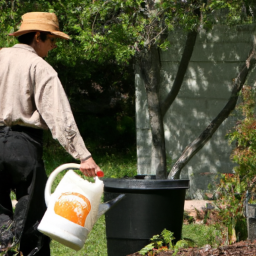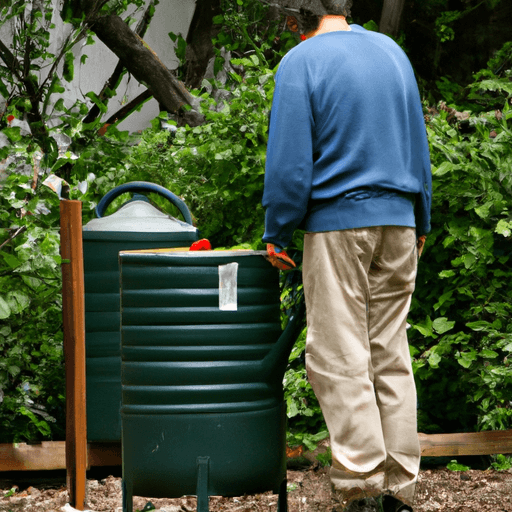194
Newsletter
Subscribe to our newsletter for exclusive content, latest news and trends, and exciting new features.
Categories
Home and gardenGaming and esportsBusiness and entrepreneurshipLifestyleLiterature and writingPets and animalsMusic and EntertainmentTravel and tourism
Beauty and personal careEducation and learningEntertainmentArts and cultureFood and cookingTechnologySports and fitnessEnvironment and sustainabilityScience and natureHealth and wellness


















Comments
Leave a Comment